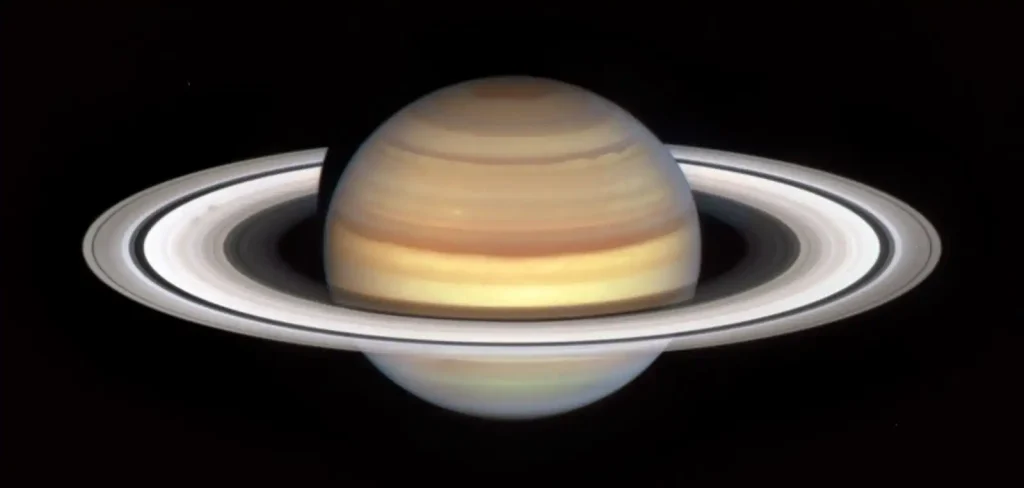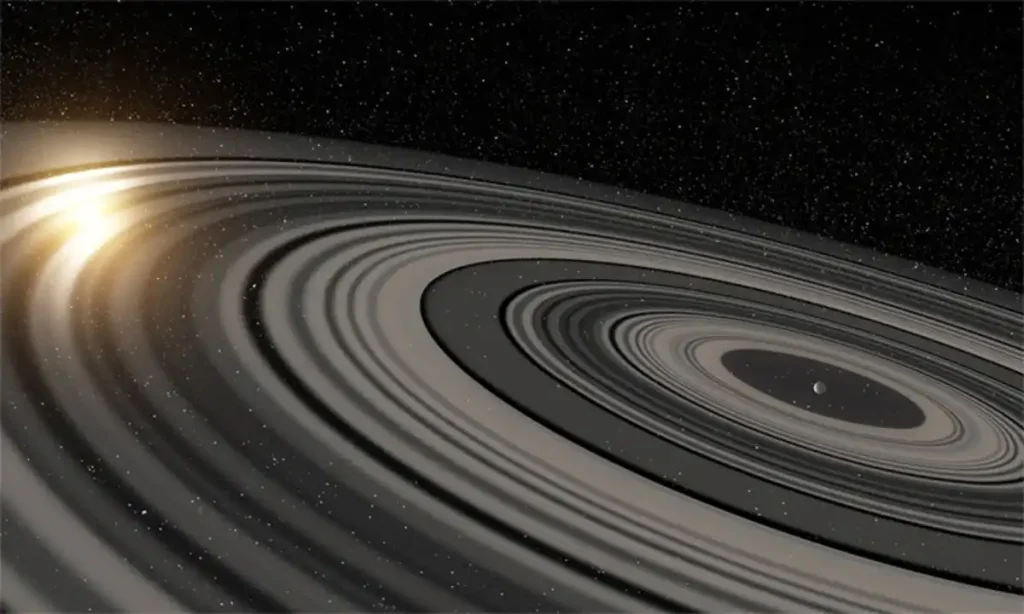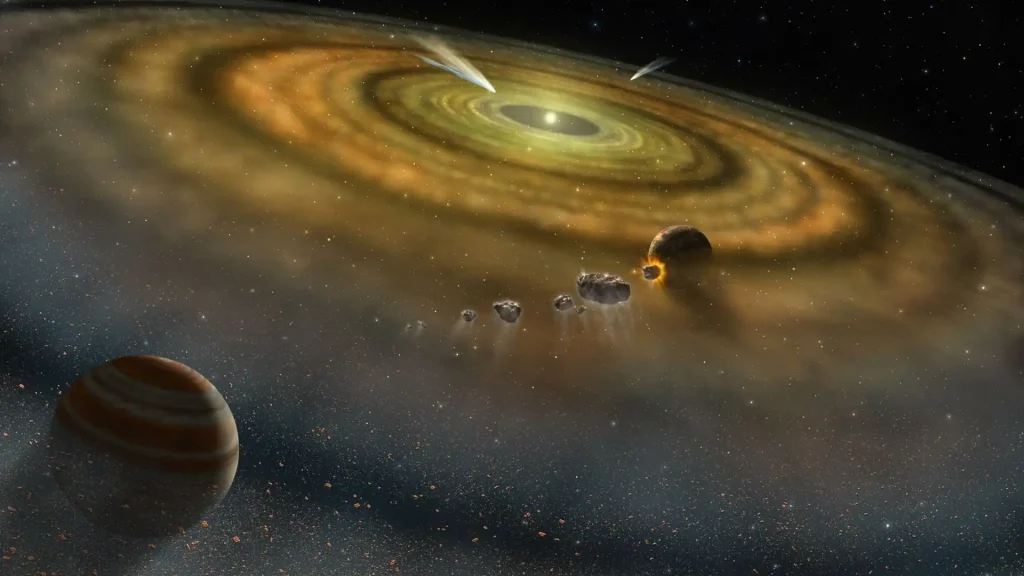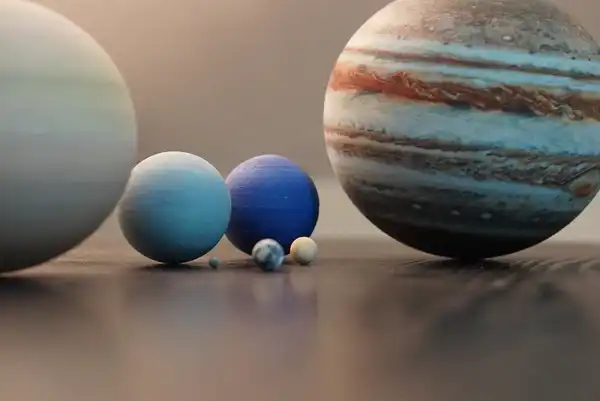In the vast expanse of our solar system, there are some planets that boast a stunning feature—rings! These magnificent rings are not only beautiful to behold but also hold fascinating stories about the planets they encircle. So, why do some planets have rings?

What Are Planetary Rings?
Before we dive into the reasons behind their existence, let’s understand what planetary rings are. Imagine a collection of countless tiny particles orbiting around a planet in a flat, disc-like shape. These particles can range from dust-sized to enormous boulders. When viewed from afar, they form a ring-like structure encircling the planet.

Why Do Some Planets Have Rings?
Planetary rings are primarily found around gas giants like Saturn, Jupiter, Uranus, and Neptune. One of the main reasons for the existence of these rings is the gravitational pull of the planet.

When a moon or other celestial object gets too close to a planet, the planet’s gravity can tear it apart into smaller pieces. These pieces then form a ring around the planet. Over time, these rings can be influenced by the gravitational forces of nearby moons, causing them to spread out or even collapse.

Another reason for the formation of rings is the leftover debris from the formation of the planet itself. During the early stages of a planet’s formation, there may be a lot of rocky and icy material orbiting around it. Some of this material can get trapped in orbit around the planet, forming rings.

Why Don’t All Planets Have Rings?
While gas giants like Saturn have prominent rings, rocky planets like Earth do not. One reason for this is the difference in the composition of these planets. Gas giants have a lot of gases and icy materials in their outer layers, making it easier for them to capture and retain debris in orbit. Rocky planets, on the other hand, have solid surfaces with fewer materials in orbit around them.

Additionally, the presence of moons plays a significant role. Moons can help stabilise or disrupt the formation of rings around a planet. Planets with many moons, like Saturn and Jupiter, are more likely to have extensive ring systems compared to planets with fewer moons.

Conclusion
In conclusion, planetary rings are a captivating feature of our solar system, adding to the beauty and intrigue of the planets they adorn. Their formation is influenced by a combination of factors, including gravitational forces, the presence of moons, and the composition of the planet itself. While not all planets have rings, those that do provide us with a glimpse into the dynamic processes at work in our cosmic neighbourhood.
For more interesting articles, please visit www.kidzherald.com





